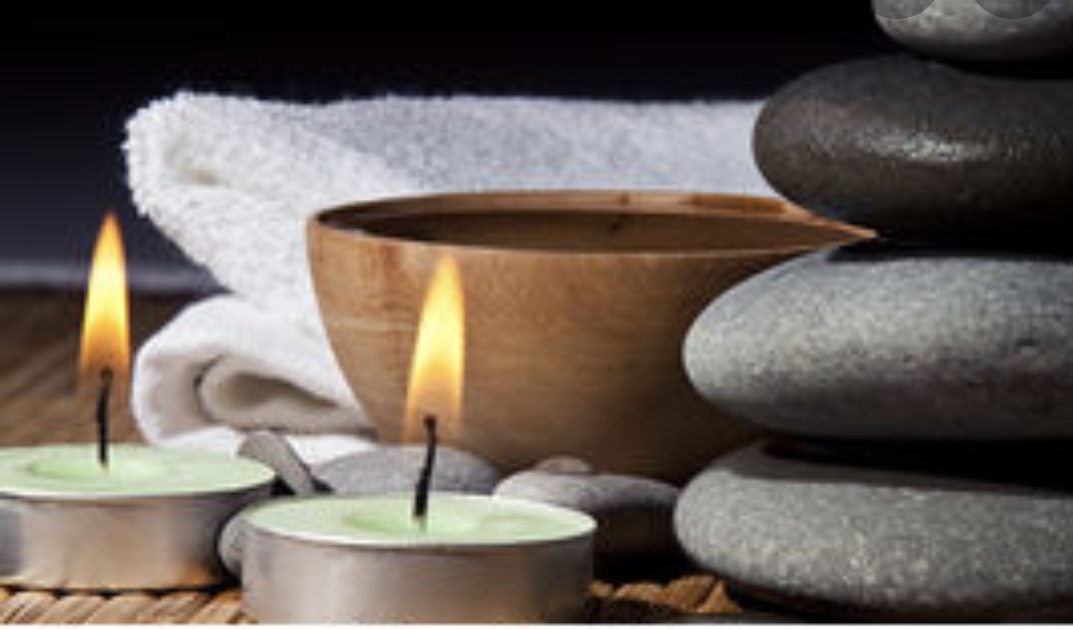Biodynamic Craniosacral Therapy ( BCST )
Biodynamic Craniosacral Therapy (BCST) is a light touch, non-invasive form of touch therapy, that is wonderfully relaxing approach to healing through touch. The therapist directly supports their clients’ ability to self-repair and find a natural balance by following the unwinding of the tissues. Our Nervous System responds really well to a light touch approach, and influences our entire body. BCST is some of the lightest work you will receive, with some of the deepest results. This therapy is suited for all ages and a wide range of acute to chronic conditions. Regular sessions support good maintenance of health.
|



